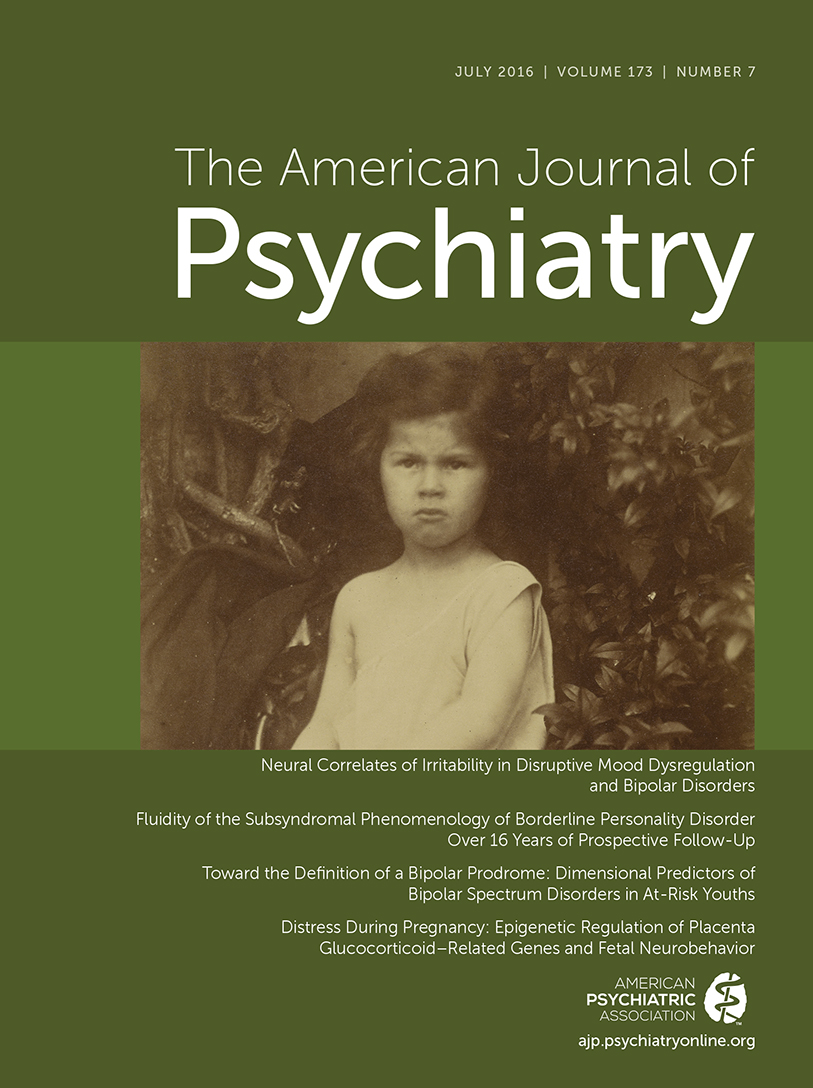Sips of Conflict

“Sip of Conflict” at San Francisco’s Exploratorium science museum is like the Stroop task: it contains two pieces of information that oppose each other (1). Combining a toilet and water fountain activates two primitive emotional circuits. The “appetitive” circuit drives desire to drink from the fountain to quench thirst. The “aversive” circuit elicits a disgust reaction that drives the viewer to pass by hurriedly. These circuits have opponent interactions during fear learning (2). The piece may recall the exhibition of a urinal in 1917 in New York by Marcel Duchamp, which, in his words, was an attempt “to find a point of indifference” between ugly and beautiful (3).
Individuals with obsessive-compulsive disorder (OCD) are bombarded with unwanted, intrusive thoughts that impact their perceptions and actions. Individuals who have intrusive thoughts about contamination may pause, grimace, and think a water fountain is contaminated with germs. They may also avoid drinking from it, despite their thirst for water, or compulsively wash their hands to get rid of the germs. One component of their psychopathology may be dysfunction in the neural circuits that underlie sequential processing of conflict (4). “Sip of Conflict” evokes the experience of an OCD patient. The average viewer’s pause to decide whether to drink would be amplified exponentially in OCD. With each intrusive, conflicting thought, the aggregate of subsequent pauses and compulsive actions can interfere dramatically with daily function.
1 : Studies of interference in serial verbal reactions. J Exp Psychol 1935; 18:643–662Crossref, Google Scholar
2 : Neural correlates of appetitive-aversive interactions in Pavlovian fear conditioning. Learn Mem 2013; 20:220–228Crossref, Medline, Google Scholar
3 : Duchamp Interviews. London, British Broadcasting Corporation, 1966 (https://www.youtube.com/watch?v=l-qVBmQSkhA)Google Scholar
4 : Altered activation in fronto-striatal circuits during sequential processing of conflict in unmedicated adults with obsessive-compulsive disorder. Biol Psychiatry 2014; 75:615–622Crossref, Medline, Google Scholar



